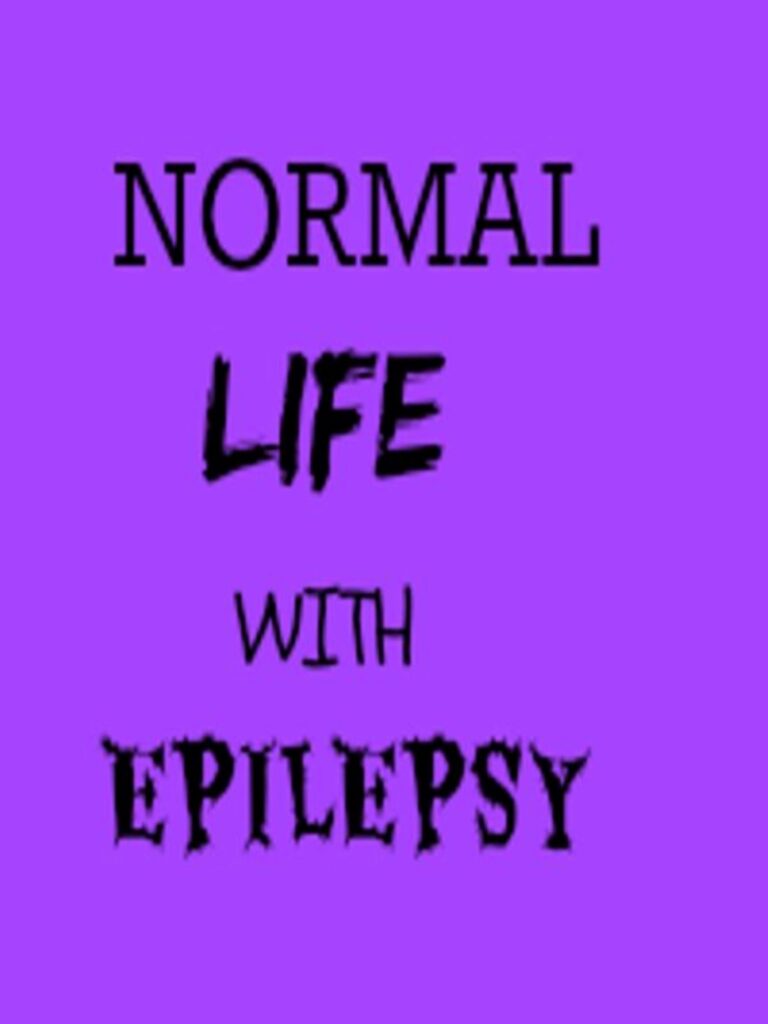3D Medication
Revolutionizing Epilepsy Treatment
The Future of Medication: 3D Printed Pills
Discover how cutting-edge 3D printing technology is transforming the way we treat epilepsy, ensuring precise dosages and enhanced efficacy.
Precision Dosage
Enhanced Efficacy
Innovative Technology
FDA Approved
Skepticism and Experience
Understanding the Doubts
When I first heard about 3D printed medication, I was highly skeptical. Having experienced the differences between brand name and generic medications firsthand, I couldn’t fathom how a printer could produce reliable medicine.
ZipDose Technology
A Breakthrough in Medication
My curiosity led me to discover ZipDose Technology. This innovative method uses aqueous fluid and powdered medication layers to create a water-soluble matrix that disintegrates quickly with just a sip of fluid.
Unlike traditional methods, ZipDose doesn’t rely on compression, allowing for higher dosages in a single pill while ensuring consistent and precise dosages every time.
This breakthrough is not only a game-changer for epilepsy treatment but also a significant step forward in the fight against the inconsistencies of generic medications.
Revolutionary Technology
ZipDose Technology: A Breakthrough in Epilepsy Treatment
ZipDose Technology represents a significant advancement in the field of epilepsy treatment. By utilizing aqueous fluid and layers of powdered medication, this technology creates a water-soluble matrix that disintegrates rapidly with just a sip of fluid. This innovative approach ensures that each pill contains a precise dosage, eliminating the variability often found in traditional medications. For epilepsy patients, this means more consistent and effective management of their condition, potentially reducing the frequency and severity of seizures. The ability to increase dosage in a single pill without compression is another remarkable benefit, offering greater flexibility and precision in treatment plans.
FDA Approval
3D Printing Medication: A New Era
The FDA’s approval of 3D printed medication marks a new era in pharmaceutical manufacturing. This groundbreaking decision underscores the potential of 3D printing technology to transform how medications are produced and administered. The approval specifically highlights the precision and reliability of 3D printed drugs, which can be tailored to meet individual patient needs with unprecedented accuracy. This is particularly beneficial for conditions like epilepsy, where precise dosing is crucial for effective treatment.
3D printing allows for the creation of complex drug formulations that were previously impossible to manufacture. This technology opens up new possibilities for personalized medicine, enabling healthcare providers to offer more targeted and effective treatments. The FDA’s endorsement is a significant step forward, paving the way for broader adoption of 3D printed medications in the healthcare industry.
For more detailed information on the FDA’s approval and the implications of 3D printed medication, you can read the full article on the Washington Post website. This comprehensive article explores the technology behind 3D printed drugs, the approval process, and what it means for the future of medicine.


 https://about.me/roxanne_davenport
https://about.me/roxanne_davenport
Recent Comments